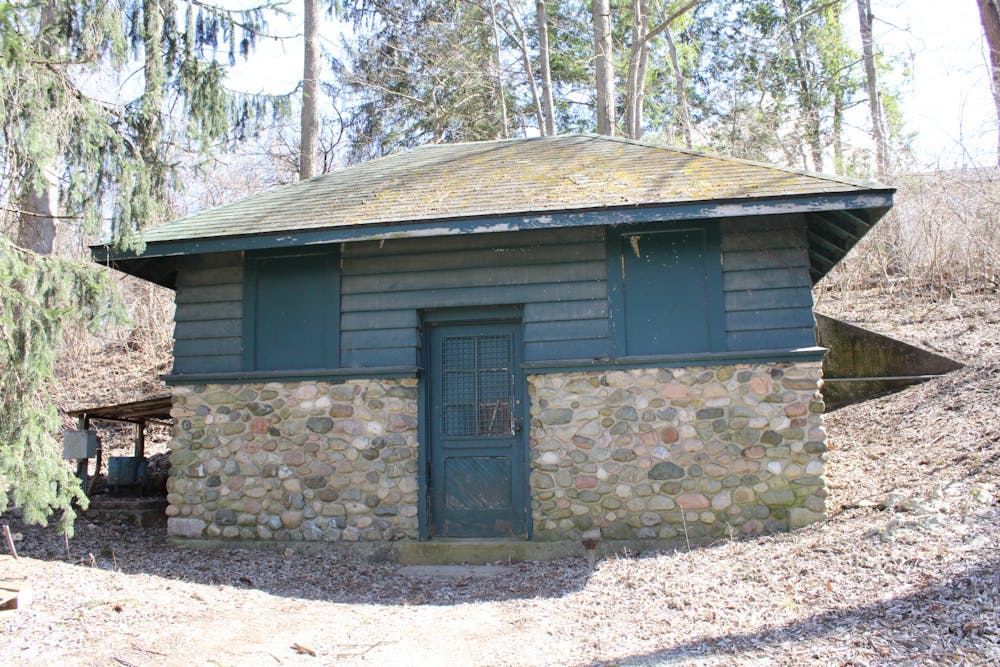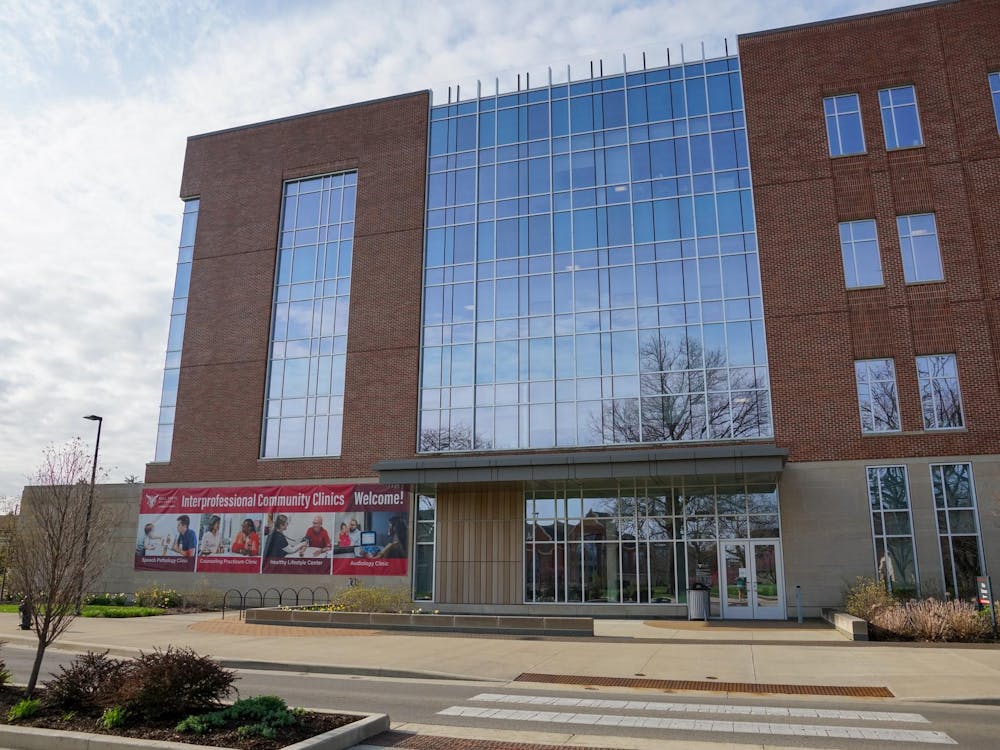When visitors first arrive at Newfields, an Indianapolis art museum and garden, they are greeted by approximately half a million blooms that line the cobblestone and dirt paths. These winding trails criss-cross the 152-acre campus, allowing guests to admire the nearby White River while they enjoy a craft drink or snack from the Beer Garden on the premises.
Just northeast of the art museum and the nearby Lilly House and Gardens, which was pharmacist and Civil War Colonel Eli Lilly's former home, is the Canal Pump House, an Indiana historic site used for moving water down the White River Canal. The house is in the former part of Newfields, which is nicknamed “Oldfields” to differentiate it from recent extensions to the property.
With Newfields’ extensive size and subsequent additions to the facilities since the museum’s establishment, the property requires frequent maintenance, according to museum staff. The Canal Pump House had never been formally documented when Ball State Professor of Architecture Jonathan Spodek, along with students in his historical restoration graduate class, ARCH 606: Documentation Studio, set out to Oldfields to overhaul the building.
“We had been working with Oldfields on a number of projects,” Spodek said. “We needed to find a building that our students could work on that was not occupied and where we could social distance, and this was the one that they were interested in working with, and it just worked out.”
Spodek led the project while Ball State graduate students Grace Bartko, Caitlin Lehman, Bei Liu, Abby Marshall, Jade Moore, Lawrence Neumann and Haley Swindle worked together to formulate a plan for the house’s documentation.
Bartko, a dual master’s student in architecture and historic preservation, was in her first year of her graduate degree when she joined the project in 2020. Prior to joining the architecture master’s program, she completed her Bachelor of Science in architecture at Ball State and finished her undergraduate degree in spring 2020. She said she has been dedicated to the field ever since.
“I have always been interested in learning the history of buildings and how they came to be,” Bartko said via email. “Throughout our history as people, the way that we lived, where we lived and innovations of certain time periods all influenced how architecture has evolved and become what it is today. [This project] is an opportunity for us to gain real-life experience while also helping the community.”
Following a semester of work on the Canal Pump House, the team was awarded second place and $3,000 in the 38th annual Charles E. Peterson Prize Competition, hosted by the National Park Service through its Heritage Documentation Programs in September. The prestigious competition measures student drawings with the intention of raising awareness for work in historical preservation. More than 3,000 students from 75 colleges and universities have participated so far, according to the competition’s website.
“They put in a lot of work,” Spodek said. “Our goal was to teach students methods of documenting and research of historic properties. It was a meaningful product to the people who own these sites, and then they can use that information and that documentation in their day-to-day work as stewards of these historic places. I’m really, really pleased the students [were] recognized.”
This is not the first time students have won an award at the Peterson Prize competition. In 2019, a Ball State graduate class received an honorable mention for a project they completed in Dayton. Another group was awarded second place in 2018 for a project they did in Franklin County, Indiana, on a one-room schoolhouse.
Despite facing obstacles along the way, including learning how to use complicated technology like a laser level during the project to ensure precise measurements of elevation, Bartko said continuing the award-winning work was worth the trial and error.
“I was pleasantly surprised that we placed [in the competition], especially since we did a smaller structure that was modest in design,” Bartko said. “But I think it was because of those same reasons that we did place. We were able to really dive in, get into the fine details and make the pump house shine in its own way.”
Contact Sarah Olsen with comments at snolsen@bsu.edu.





